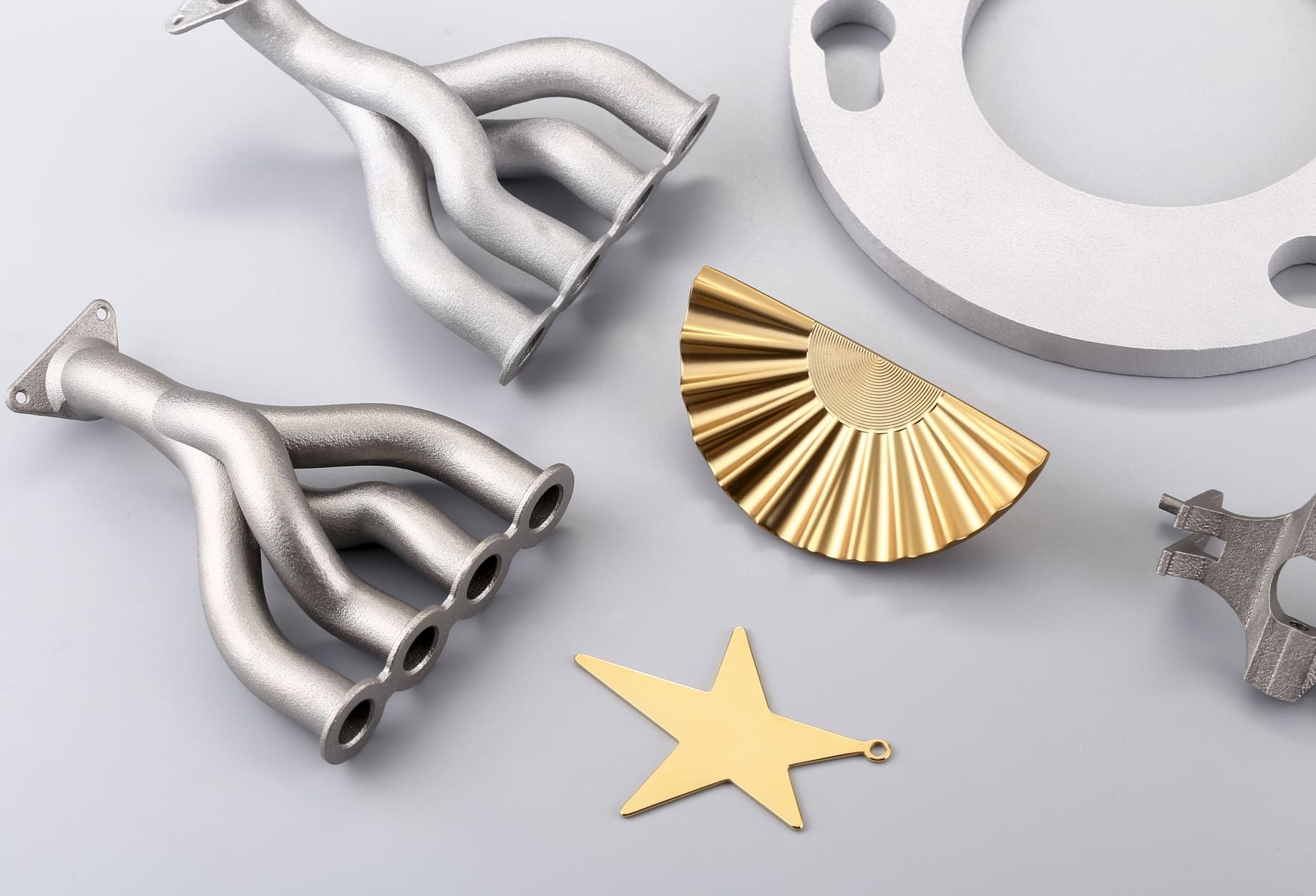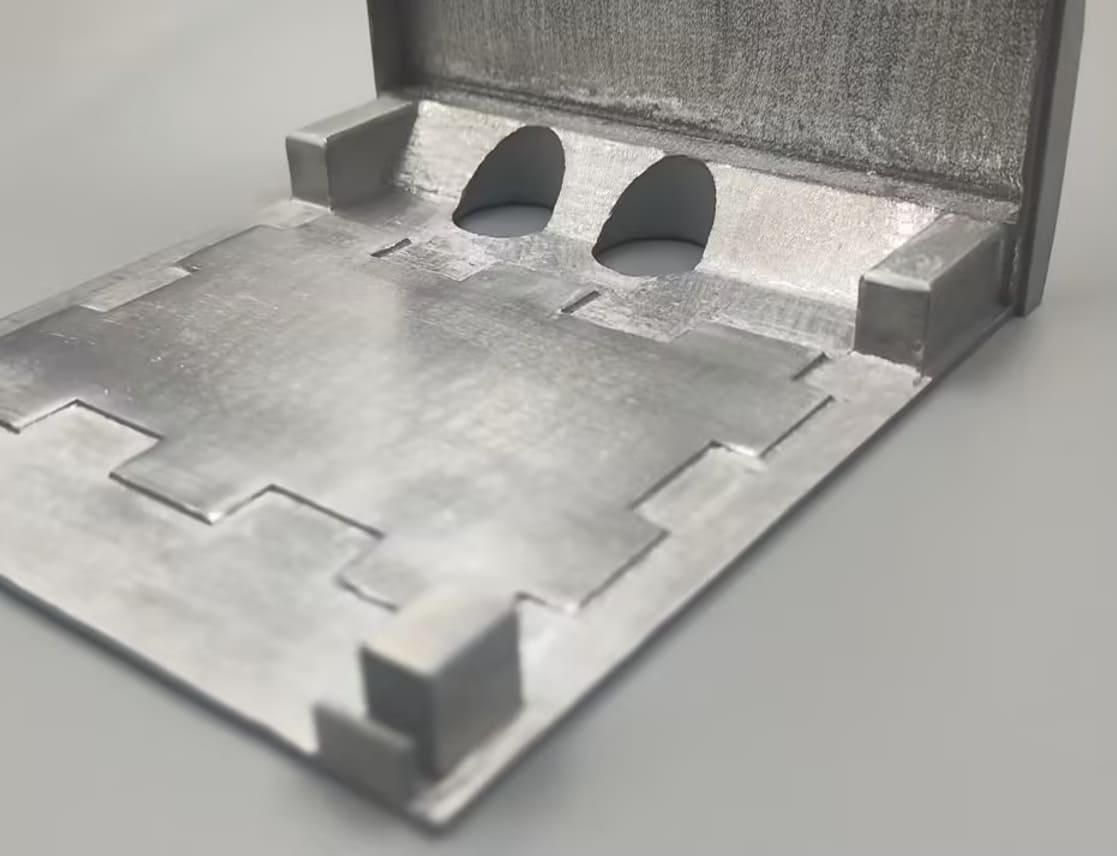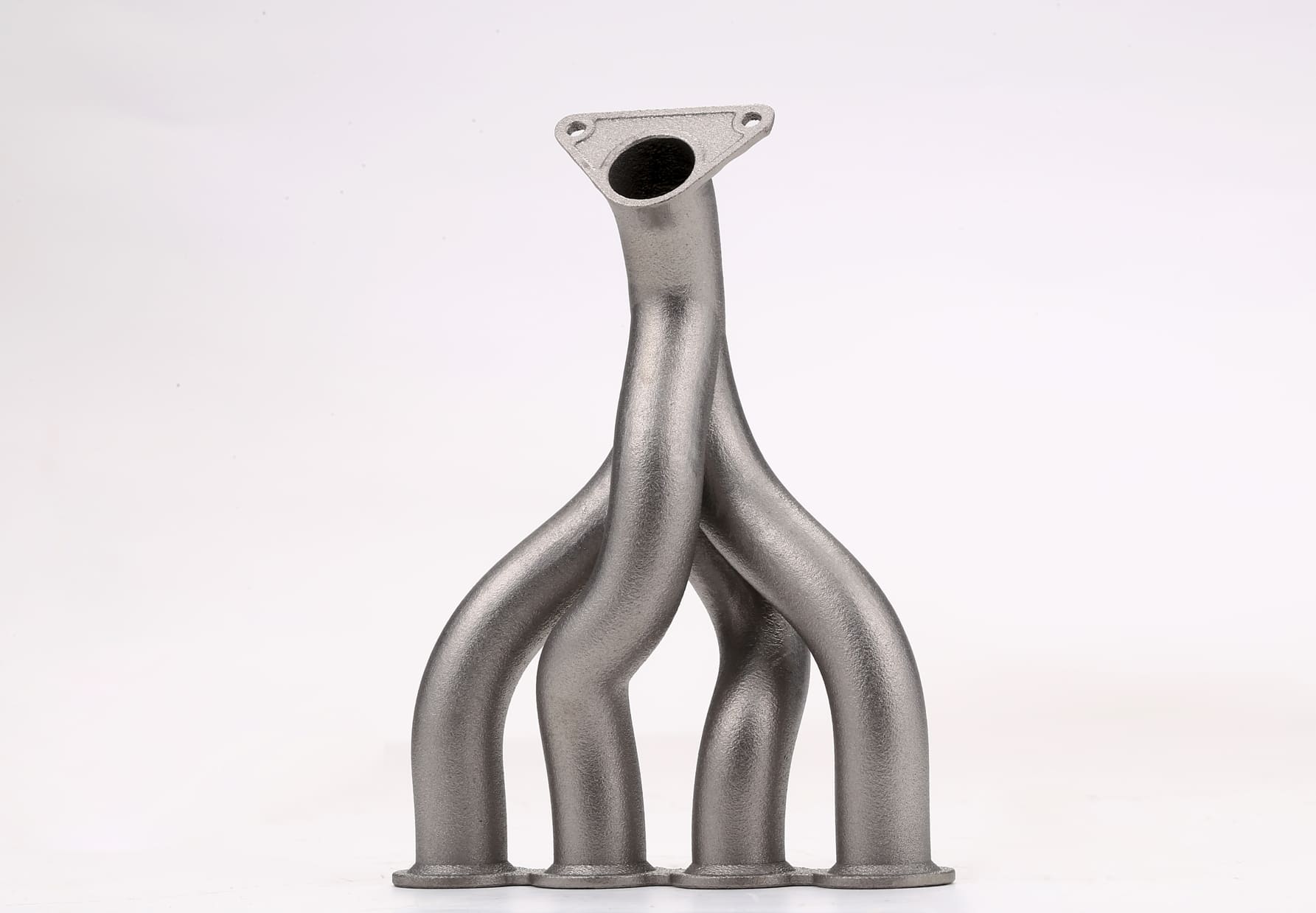Understanding Custom 3D Printing
Custom 3D printing is an advanced subset of additive manufacturing where products are designed and produced to fit specific, often individual, requirements. Unlike standard 3D printing, which centers on batch production of generic parts, custom 3D printing allows businesses and individuals to tailor designs according to precise specifications. Custom 3D printing leverages digital models that can be iterated rapidly, ensuring that the final product meets exact requirements. Whether crafting a one-off medical implant or a unique component for a luxury product, custom 3D printing offers unparalleled flexibility and design freedom.
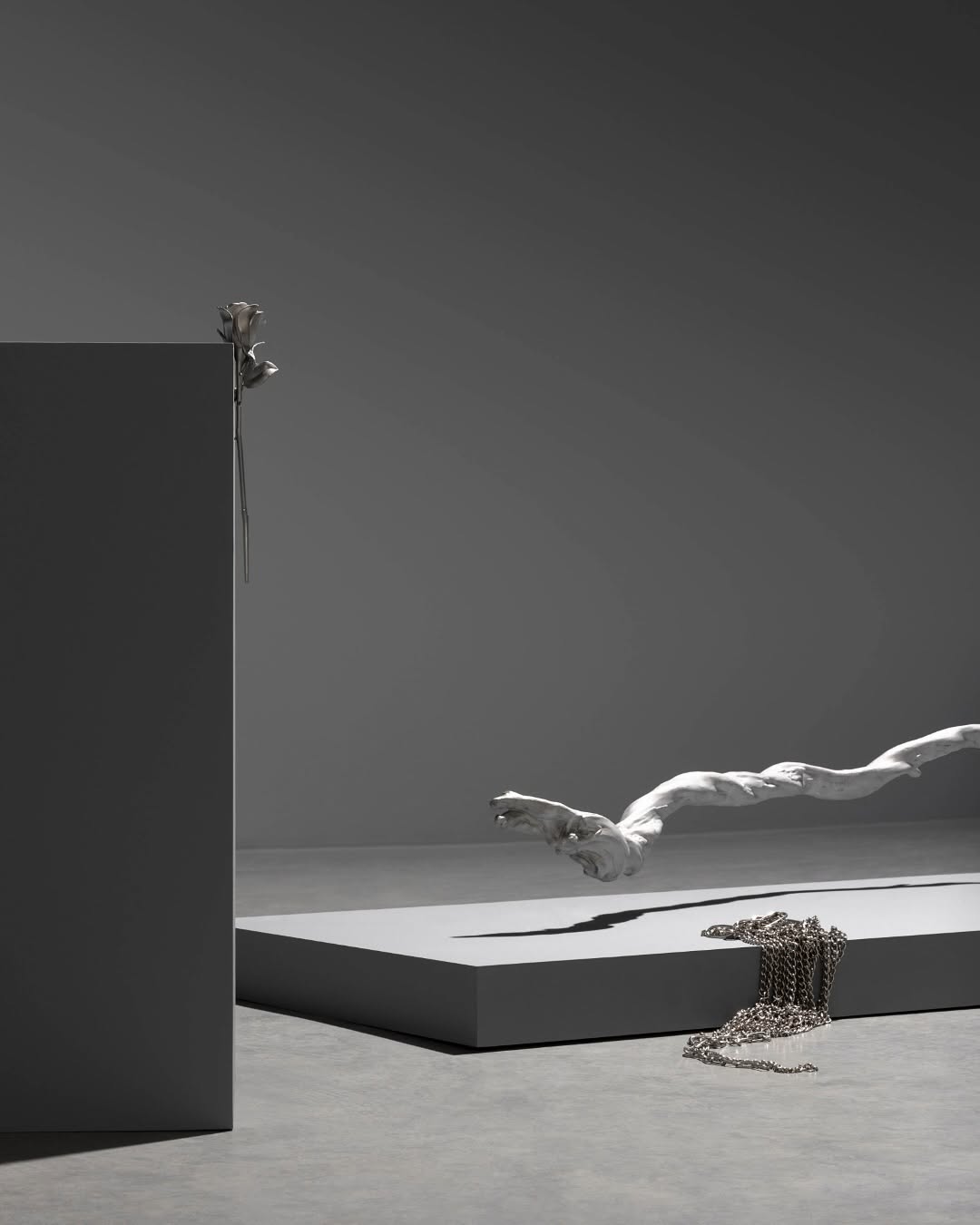
Standard and Custom 3D Printing
Standard 3D printing typically addresses mass production scenarios with repeatable models, while custom 3D printing tailors each output to the end user’s unique requirements.
Key Benefits of Custom 3D Printing
• Enhanced Personalization: Customization in design ensures that every product is adapted to specific use cases or client needs. It is particularly valuable in fields like healthcare, where custom implants and prosthetics are becoming increasingly common.
• Rapid Iteration: Custom 3D printing enables designers and engineers to experiment with new ideas quickly. Each iteration can be rapidly produced, tested, and refined, reducing time-to-market dramatically.
• Cost Efficiency in Low-Volume Production: For specialized products or limited-run items, custom 3D printing can prove more cost-effective than traditional methods that require expensive tooling setups.
• Reduced Waste: Additive manufacturing typically uses only the material needed for each part, and some materials can be recycled, mitigating the waste that is common in subtractive manufacturing processes.
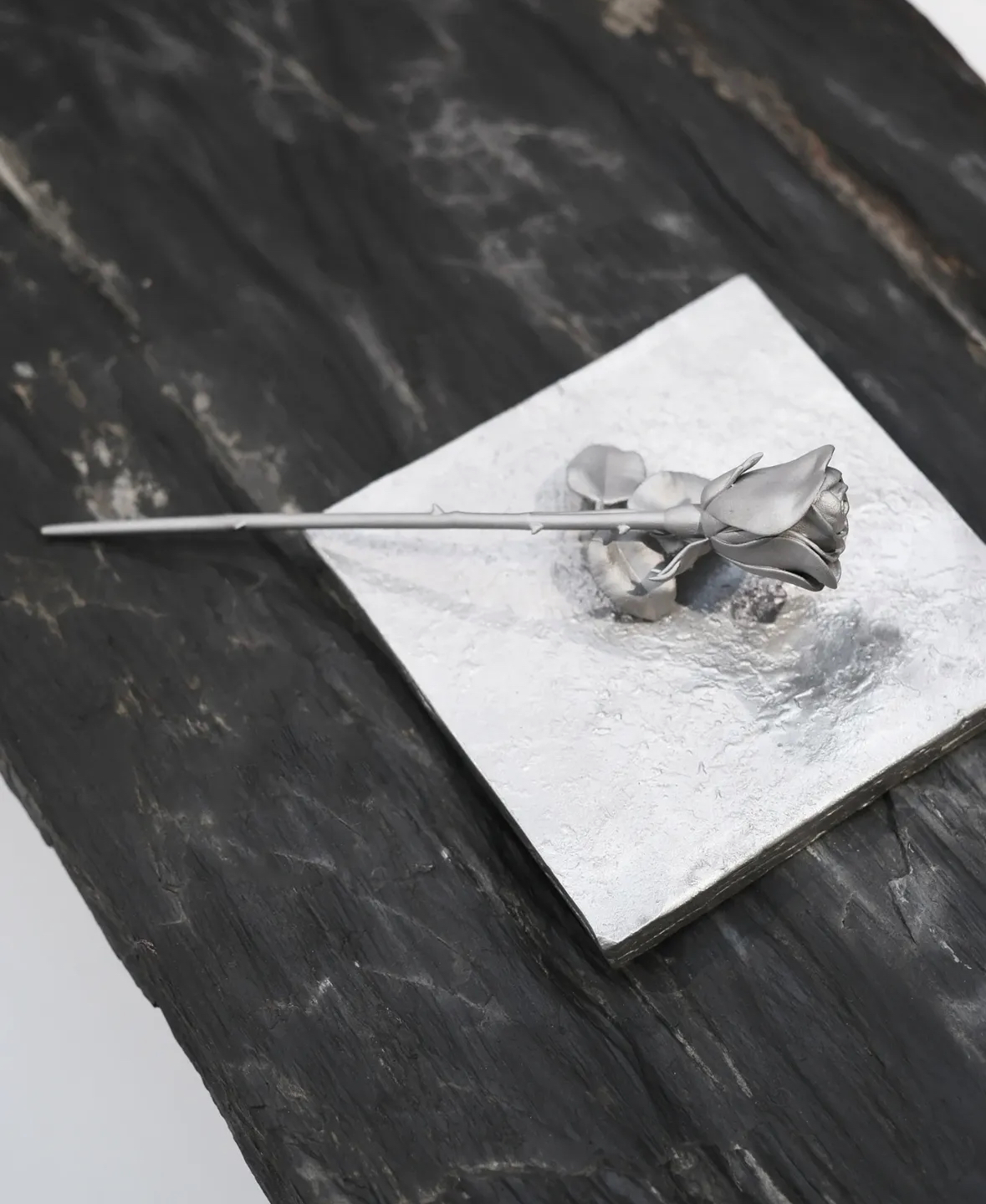
CAD and Modeling Tools
At the heart of custom 3D printing lies computer-aided design (CAD) and modeling tools that transform concepts into digital blueprints. These tools offer precision and flexibility, allowing designers to create intricate models with detailed features, textures, and patterns that are later translated into physical objects.
Popular CAD software options, such as AutoCAD, SolidWorks, and Fusion 360, support the creation of high-resolution 3D models. Designers can simulate stress tests, optimize designs for material usage, and ensure that structures meet designated specifications. With user-friendly interfaces and robust toolsets, these platforms empower both engineers and creative professionals to experiment and perfect their designs before production begins.
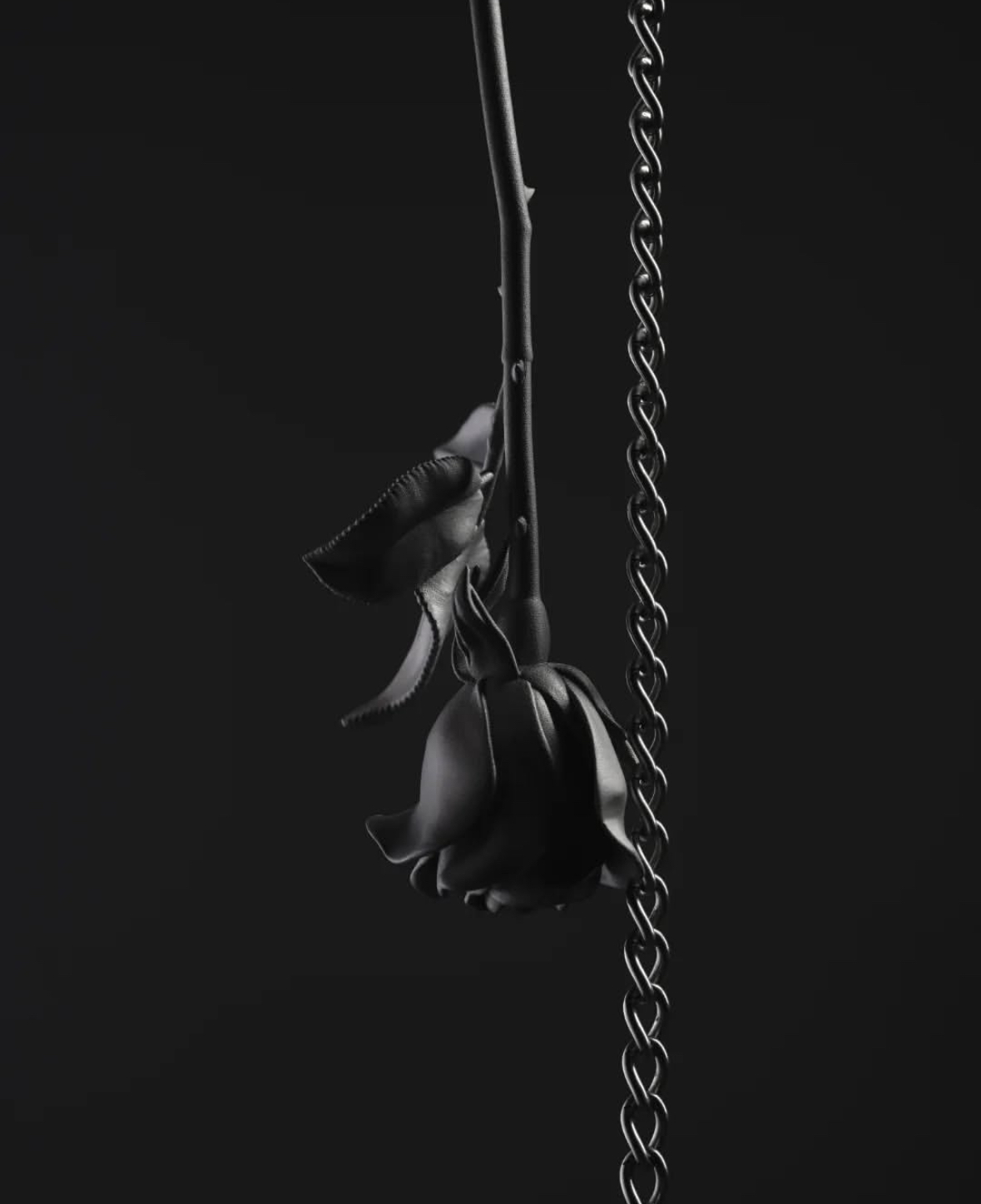
Material Selection
|
Material Type |
Examples |
Key Attributes |
Ideal Applications |
|
ABS, PLA, Nylon |
Cost-effective, lightweight, and easy to print |
Prototypes, consumer goods, educational models |
|
|
Various SLA resins |
High surface finish, fine details, smooth appearance; excellent for intricate designs |
Jewelry design, dental models, high-precision parts |
|
|
Titanium, Stainless Steel, Aluminum |
Exceptional strength, durability, and heat resistance |
Aerospace, automotive, industrial components |
|
|
Composite Materials |
Carbon fiber reinforced plastics |
Superior strength-to-weight ratio, enhanced durability, and stiffness |
Advanced engineering components, structural parts |
Printing Techniques
|
Technique |
Process |
Materials |
Key Advantages |
Ideal Applications |
|
Extrudes thermoplastic filament layer-by-layer to construct parts. |
ABS, PLA, Nylon, etc. |
Affordable, fast prototyping, and cost-effective for durable prototypes. |
Consumer products, educational models, robust prototypes. |
|
|
Uses UV light to cure liquid resin into solid layers, producing high-resolution parts with fine details. |
Photopolymer resins |
High detail, excellent surface finish, and precision. |
Dental models, jewelry, intricate prototypes. |
|
|
Uses a laser to sinter powdered material together layer-by-layer without the need for support structures. |
Powdered plastics, some metals |
Produces robust parts with complex geometries and no supports. |
Industrial prototypes, functional components, aerospace parts. |
|
|
Deposits fusing and detailing agents onto a powder bed, then applies heat to fuse the layers into a consolidated part. |
Thermoplastic powders (e.g., Nylon) |
Uniform mechanical properties, smoother surfaces, and rapid build times. |
Functional prototypes, small series production parts, end-use applications. |
|
|
Fully melts metal powder with a high-energy laser, layer-by-layer, to create dense, high-strength metal parts. |
Metal powders (e.g., Titanium, Stainless Steel, Aluminum) |
Produces fully dense, high-strength metal components with excellent mechanical properties. |
Aerospace, automotive, medical implants, industrial machinery. |
|
|
Selectively deposits a liquid binder onto a powder bed to bind particles, which is later cured or sintered, often without high-temperature exposure during the build. |
Metals, sand, ceramics |
Faster build times, potential for full-color prints, and reduced thermal stresses. |
Casting molds, architectural models, ceramics, and rapid prototyping. |
|
|
Material Jetting |
Jets droplets of material onto a build platform that are immediately cured/hardened, building parts layer-by-layer with high resolution. |
Photopolymers, wax (and some specialized systems for other materials) |
Exceptional detail and surface finish, plus multi-material capabilities. |
Detailed prototypes, multi-material items, dental models, visual prototypes. |
|
Directed Energy Deposition (DED) |
Simultaneously deposits material (in powder or wire form) and applies a focused energy source (laser/electron beam) to melt and fuse the material onto an existing substrate. |
Primarily metals |
Ideal for repairing or adding to existing metal components, with high deposition rates on large scales. |
Aerospace repairs, large-scale metal fabrication, cladding, and maintenance. |
Post-Processing
Once a part is printed, post-processing is crucial to achieve the final desired quality. This stage can include cleaning, curing, sanding, or painting, and it ensures the printed product meets both functional and aesthetic standards.
For instance, parts produced via SLA might require UV curing to fully solidify the resin, while FDM prints might benefit from sanding and priming to smooth out visible layers. In some cases, additional treatments such as dyeing or metal plating can be applied to enhance strength or corrosion resistance. High-quality post-processing can make the difference between a prototype and a market-ready product, ensuring that every detail is refined to perfection.
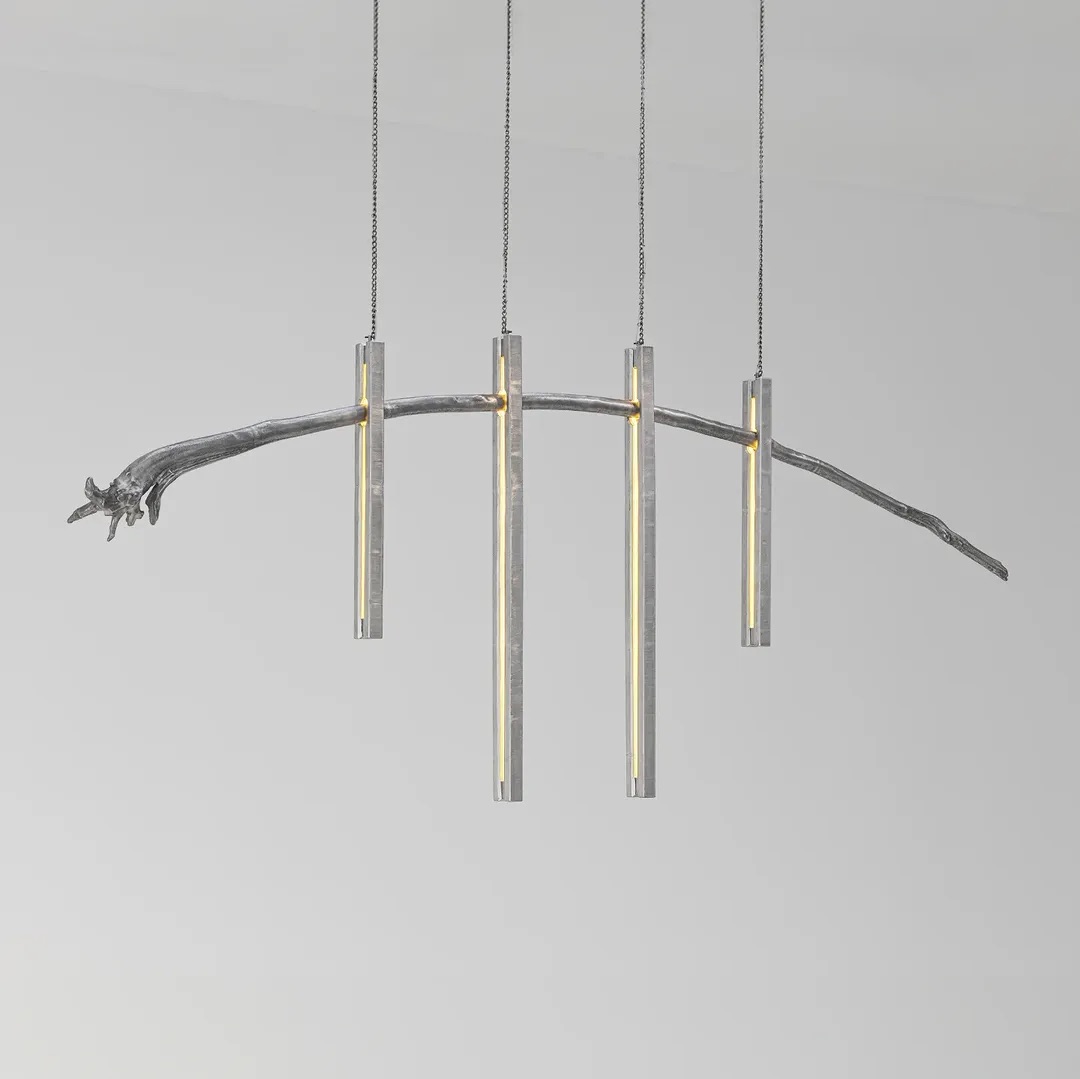
Scaling Up
One of the challenges with custom 3D printing is moving from single prototypes to large-scale production. Scaling up involves several strategic considerations, including automation, quality control, and cost management. When scaling, companies must assess the viability of continuous production runs versus batch production. Automation in the printing process and post-processing stages can help maintain consistency and reduce labor costs. Additionally, integrating robust quality assurance protocols ensures uniformity across multiple units.
Embracing scalable 3D printing solutions can empower businesses to transition from rapid prototyping to full-scale manufacturing without compromising the unique benefits of customization.
Applications Across Industries
From tailored prosthetics and implants to customized dental veneers and aligners, 3D printing is revolutionizing patient care by producing personalized devices that improve outcomes and comfort.
Automotive and Aerospace
In these high-tech sectors, custom 3D printed parts contribute to lighter, more efficient vehicle components and prototypes that can be rapidly tested and refined.
Designers leverage custom 3D printing to create personalized consumer goods—from bespoke home décor and accessories to innovative wearable technology. This surge in customization is reshaping trends in the consumer market.
Industrial and Engineering
For tools, machinery parts, and even replacement components in manufacturing lines, custom 3D printing provides a quicker turnaround than traditional production techniques, ensuring that downtime is minimized and efficiency maximized.
Across these industries, case studies abound of companies achieving breakthroughs by integrating custom 3D printing into their production cycles. The customization capability, coupled with rapid prototyping and the potential to scale up, makes it an indispensable tool for future-oriented businesses.
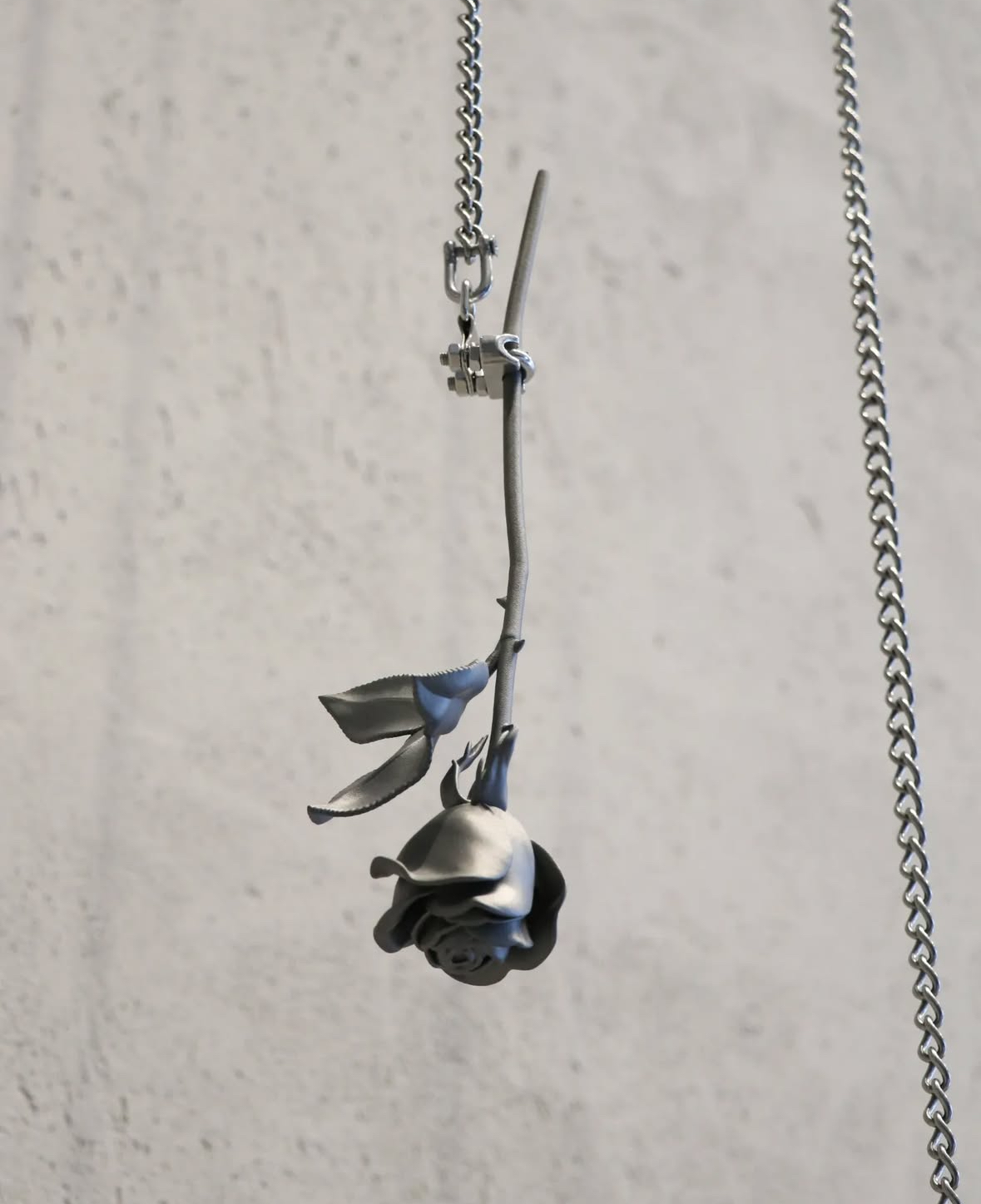
* Images Courtesy of Batten & Clamp












